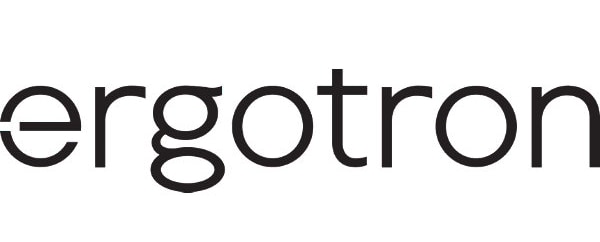August 24, 2022
Get Smarter: How Intelligent Technologies Improve Care for Older Adults
Solutions such as smart home and smart medical devices can reduce demands on care providers and help patients stay healthier.
Before the COVID-19 pandemic, many independent and assisted living providers were exploring technology tools that could reduce demands on their overburdened staff members. The massive upheaval caused by the pandemic left these providers in even more dire circumstances and accelerated the need for solutions that can help staffers do their jobs and keep older adults healthy.
A 2021 survey conducted by the American Health Care Association and the National Center for Assisted Living spells out the challenges that care providers face. The survey found that 82 percent of assisted living providers said they face moderate to high staffing shortages, while 30 percent said the shortages were severe. Staffing issues will continue, as 100 percent of these providers said they are having trouble hiring staff.
Technology offers valuable tools to help these providers deliver the care that residents and patients need. These tools are becoming more intelligent, enhancing their value to healthcare providers and making them must-have solutions for independent and assisted living. Technologies such as smart home devices can improve the independence of many older adults, while smart medical devices improve outcomes and reduce demands on providers.
Smart Home Technology and Medical Devices Help Residents and Staff
Smart home technologies include lighting, thermostats, video and audio equipment, as well as voice-controlled smart assistants. These solutions enable residents to control conditions such as the light levels and temperature of their living spaces without having to request help from staff. Smart sensors can keep an eye on residents’ activity and alert staff to any issues that may arise. Residents can use smart assistants to handle tasks such as finding the day’s menu, checking calendars and booking transportation.
As residents in independent living communities grow older, smart homes can help them to maintain their independence. People want to be able to age in place, and these tools help them achieve this objective.
Care providers also are finding smart medical devices such as scales, blood pressure monitors and pulse oximeters useful for keeping an eye on patients in their own living spaces. These devices can alert clinicians to changes or problems in a resident’s health. For example, a smart scale can report a sudden, significant increase in the weight of a patient being monitored for congestive heart failure, which may indicate a worsening of the condition. Informing clinicians of issues like this enables healthcare providers to better monitor patient status, reduce expensive rehospitalization and improve outcomes.
Supporting Smart Technologies for Senior Care
As independent living and assisted living providers consider smart technologies to reduce the burden on staff and improve residents’ health, they must consider several issues.
Security is a critical concern for any healthcare provider, and smart devices can be targeted by cybercriminals looking to steal valuable patient data. Smart home and medical devices must be protected from compromise. Solutions that can improve the security of these smart devices include encryption of data both in transit and at rest, multifactor authentication for users, and endpoint security tools.
Smart devices also place new demands on a provider’s IT infrastructure. Before the pandemic, providing wireless network access in common areas was sufficient for most independent and assisted living communities. Residents now need reliable Wi-Fi in their rooms to support the proliferation of smart devices. More robust network switches, routers and access points can help providers make sure both residents and staff have the bandwidth they need.
Ultimately, smart technologies can help healthcare providers address the major shortage of personnel. Not only can they enable staff to care for more patients, they also may reduce clinician burnout, which can help care providers retain healthcare personnel.
Story by
Jessica Longly
Liz Cramer

